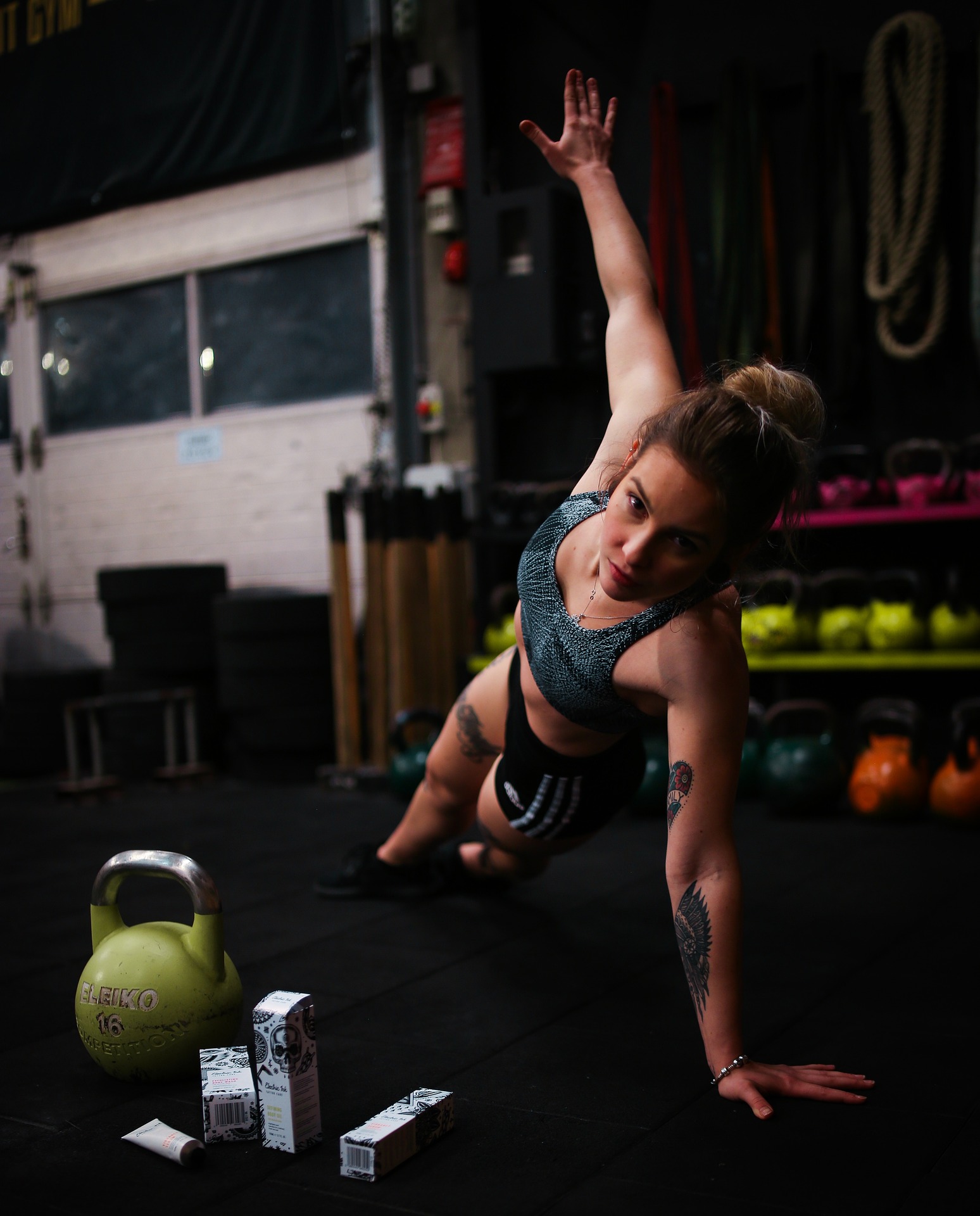
What is the difference between fitness and health?
How do I get fit for my health?
So with this question in mind, I embarked on a journey to find the answer.
At first, I tried to get the answer from various fitness programs and went to try bodybuilding system training, powerlifting, weightlifting, yoga, HIIT, running, cycling, basketball ……
What is health?
The World Health Organization told me that health is not only the elimination of disease or infirmity, but also a state of complete physical, mental and social well-being. This answer is quite satisfactory to me. The two dimensions, spiritual and social, are quite complicated, so I decided to put them aside for a while.
What is physical health?
In the process of searching for this question, I came across a word: physical fitness, which I thought would make the problem easier if I used it instead of physical health.
So I found five health elements of physical fitness.
– Cardiorespiratory endurance
– Muscular endurance
– Muscular Strength
– Flexibility
– Body composition (muscle mass/body fat percentage)
Seeing these five elements put me in deep thought.
– Strength training increased my muscular endurance and strength and improved my body composition, but seemed to have a rather limited boost to cardiorespiratory endurance and flexibility.
– Yoga improved my flexibility and slightly helped my muscular endurance and strength, but did not improve my cardio endurance or body composition much.
– HIIT, running, and cycling have improved my cardiorespiratory endurance dramatically and dropped my body fat quite a bit, but don’t seem to have improved my muscular endurance, muscular strength, or flexibility.
What is the relationship between fitness and disease?
With this question in mind, I continued on my journey. That’s when my old friend, the World Health Organization, brought me the news that
Regular and appropriate levels of physical activity in adults.
– reduces the risk of high blood pressure, coronary heart disease, stroke, diabetes, breast and colon cancer, depression, and falls
– May improve bone and functional health.
– It is a key determinant of energy expenditure and therefore fundamental to energy balance and weight control.
I asked about “fitness” and my old friend answered “physical activity”.
Age group 18-64
– Adults aged 18-64 should get at least 150 minutes of moderate-intensity aerobic physical activity per week, or at least 75 minutes of vigorous-intensity aerobic physical activity per week, or an equivalent combination of both moderate and vigorous activity.
– Aerobic activity should last at least 10 minutes at a time.
– For additional health benefits, adults should increase aerobic physical activity to 300 minutes per week of moderate intensity or 150 minutes per week of high intensity aerobic physical activity, or an equivalent combination of both moderate and high intensity activity.
– Strong muscle activity involving large muscle groups should be performed at least 2 days per week.
1 Reviews
Test, just a test
Thanks for the material, it gave me a lot of new things. https://ultraplus.mn.co/members/17010417








